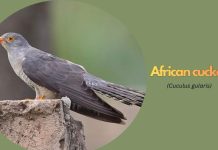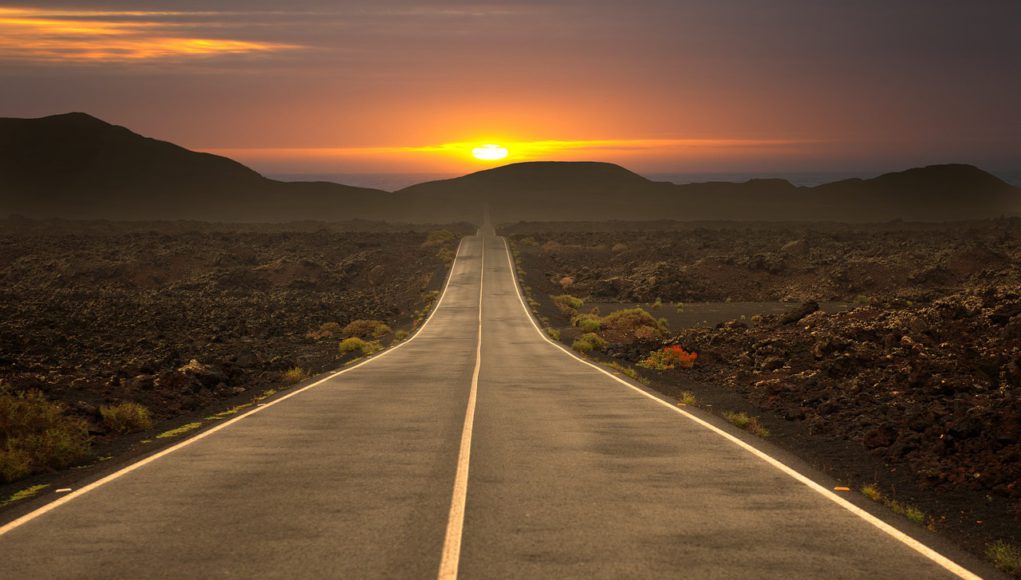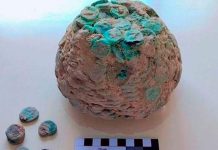White-cheeked Rosella or Eastern Rosella (Platycercus eximius) is an original Rosella. The name was coined by early settlers who, on their journeys between Sydney and Parramatta, frequently saw White-cheeked Rosella at Rose Hill. They called the birds ‘Rose Hillers’, which was satisfyingly corrupted to a rosella. White cheeks apart, the three main races of White-cheeked Rosella are so diverse in appearance that they are frequently regarded as separate species.
One, the recognizable eastern rosella of southeastern Australia, has a bright scarlet head and yellow-green body; another, the Pale-headed rosella of eastern Queensland, has a white, un-pigmented head and blue body; the third, the northern rosella of northwestern Australia, has a black head and cream body. Only the red-headed and pale-headed races actually meet, in the more open woodlands of the Great Dividing Range around the New South Wales-Queensland border.
There they interbreed and intergraded freely on both eastern and western scarps of the range. Indeed, a minor form of the red-headed race down the north coast of New South Wales to the Hunter Valley owes its distinctive traits – golden-fringed mantle and bluish-grey rump and belly-to introgression from the pale-headed.
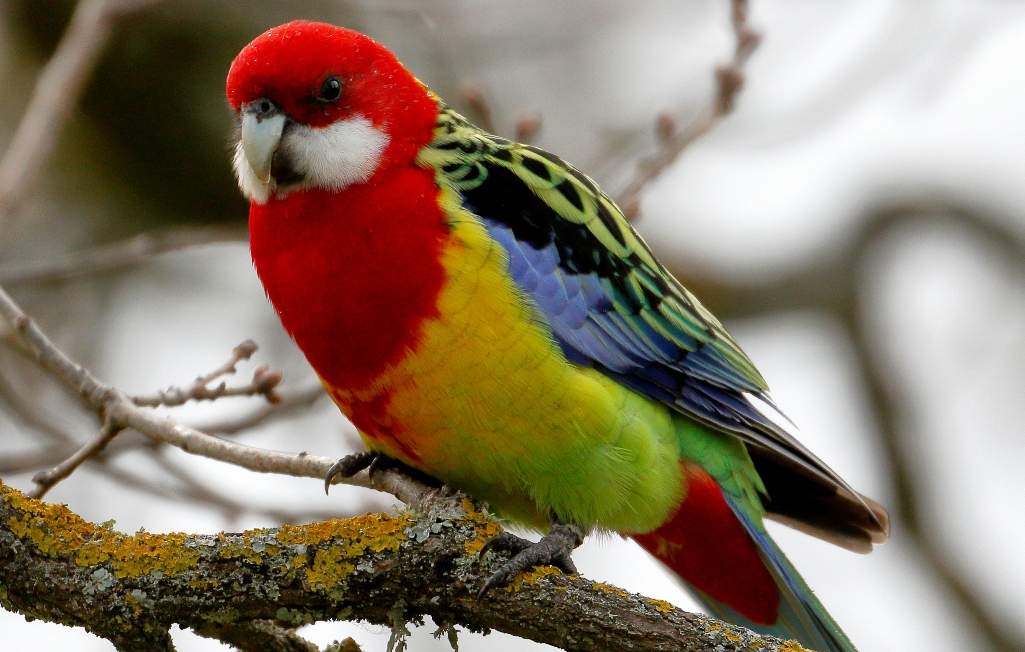
The black-headed race, however, does not contact any of the others today, so interfertility cannot be tested. Instead the population of pale-headed closest to it, on the Cape York Peninsula, gives clues to its relationships. Distinct pale-headed further south, the Cape York rosella have cream breasts and rumps like the black-headed; blue is restricted to the belly.
Cape York juveniles are even cream over the whole ventral and dorsal surface and infrequently have a spattering of black-centered feathers on the head. Thus they are intermediate between black-headed and pale-headed rosella, and cannot be identified surely with either. Faced with such a dilemma, the ornithologist has little alternative but to treat all these forms as distinctive races of a single polymorphic species.
If more supportive proof were recorded, current molecular research indicates that the red-headed forms on the mainland are more closely related to the pale-headed and the black.
It is also known as Eastern Rosella, Pale-headed Rosella, Mealy Rosella, Northern Rosella, Smutty Rosella, Brown’s Rosella, and Golden-mantled Rosella. The size of a White-cheeked Rosella is about 290-320 mm in length, including a long, attenuate rounded tail.
Both sexes are similar; but the female bird is a little duller, frequently flecked with red on the head in pale-headed and black-headed races, and smaller; an off-white underwing stripe persists in younger females to a greater or lesser extent. Head plain scarlet, white or black to lores and nape; cheeks white-edged with pale blue to a greater or lesser extent, according to race.
The mantle and scapulars are black, the feathers broadly edged with golden yellow, lemon, or cream; mid-back to upper tail coverts lettuce green, pale blue, or cream, according to race. Shoulders of wing black, grading to mid-blue on the bend of wing and primary coverts, then to dusky washed deep blue on flight feathers; underwing coverts deep blue.
The ventral surface varies according to race: throat and upper breast scarlet and lower breast and belly yellow-green in the red-headed race, throat to belly pale blue or cream-white on throat and breast in the pale-headed race, and throat to belly cream with fine black feather fringes in the black-headed race; crissum scarlet in all races.
White-cheeked Rosella tail is with central pair of feathers uniformly dusky blue-green and all outer feathers dusky blue with extensive pale or whitish blue tips. The eyes are dark brown and the bill is bone-colored; along with cere dark grey. Feet, toes, and claws dark grey.
The immature bird is similar to a female but still duller and with broad off-white underwing stripe through flight feathers; belly as well as breast cream in the pale-headed race on the Cape York Peninsula and head sometimes speckled black young molt gradually into adult plumage, finishing early in their second year. The young bird is White-downed, with buff-billed.
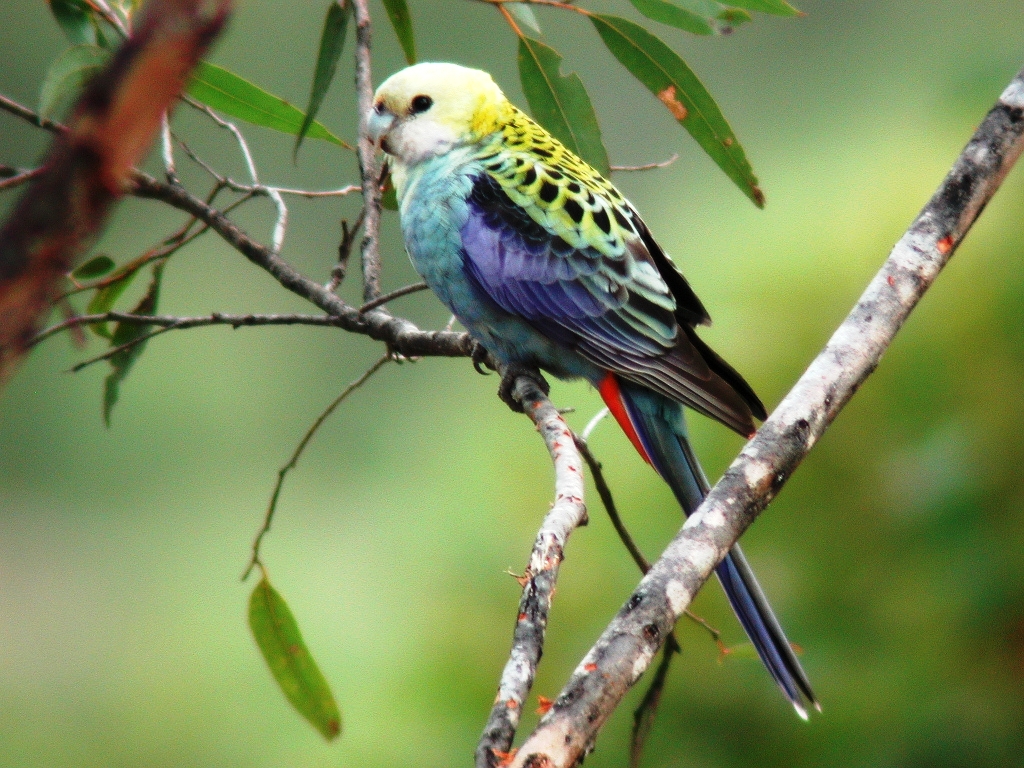
The call of White-cheeked Rosella is high loud, harsh, staccato chut-chit, chut-chit chut-chit as contact call in flight and in alarm. Perched birds give trisyllabic whistles or metallic, piping whistles, possibly to signal position. Tree feeding and displaying or socializing birds chatter musically. All calls resemble equivalent vocalizations in Crimson Rosella but are higher pitched.
The nesting and breeding seasons are June to February, earlier in northern Australia where seeding after the wet season peaks from March to May. White-cheeked Rosella builds a nest in deep holes or hollows in trees at 3-15 meters above ground, usually in eucalypt sometimes a stump or fallen log. The Rosella lays 3 to 9, usually 4 to 6 white colors eggs, that is the round shape of about 27-29 x 22-23 mm. Laid on a bed of decayed wood dust in the bottom of hollow.
The incubation period is about 18-20 days, for females. The young White-cheeked Rosella fledge in 5 to 6 weeks. It is found in Eucalypt woodlands, open forests, and their edges throughout eastern and northern Australia inland to fringes of inland plains.
There are seven races. One in Kimberley’s, Western Australia, east to Victoria River district, with black head, cream body finely flecked with black ventrally and on the mantle, and white cheeks suffused with blue. Thus, another in Arnhem Land between Victoria River district and head of Gulf of Carpentaria – like Kimberley race but coarse black flecking ventrally and on mantle and cheeks white with blue edges.
A third on Cape York Peninsula south to Cooktown, Lynd and lower Mitchell Rivers-head white, mantle and rump cream, throat and breast cream grading to pale-blue belly and white cheeks suffused with blue. The fourth in eastern Queensland south of Cape York Peninsula to New South Wales border – head and cheeks white, mantle golden yellow, rump pale blue, throat to belly pale blue.
A fifth, the familiar eastern rosella, throughout eastern New South Wales (west of spine of Great Dividing Range north of Hunter River) to Victoria (except mallee), southeast of South Australia, and Mt Lofty Ranges-head scarlet, mantle edged lemon-yellow, rump lettuce green, throat, and upper breast scarlet, lower breast and belly yellow to greenish.
A sixth in northeastern New South Wales north of the Hunter River and east of the spine of the Great Dividing Range-like red-headed eastern rose/la but mantle edged golden yellow, and rump and lower belly bluish green. The seventh in Tasmania-like red-headed eastern rosella but slightly large, white cheeks larger, nape broadly yellow-collared.
Related Reading – Swift Parrot “Lathamus discolor”


